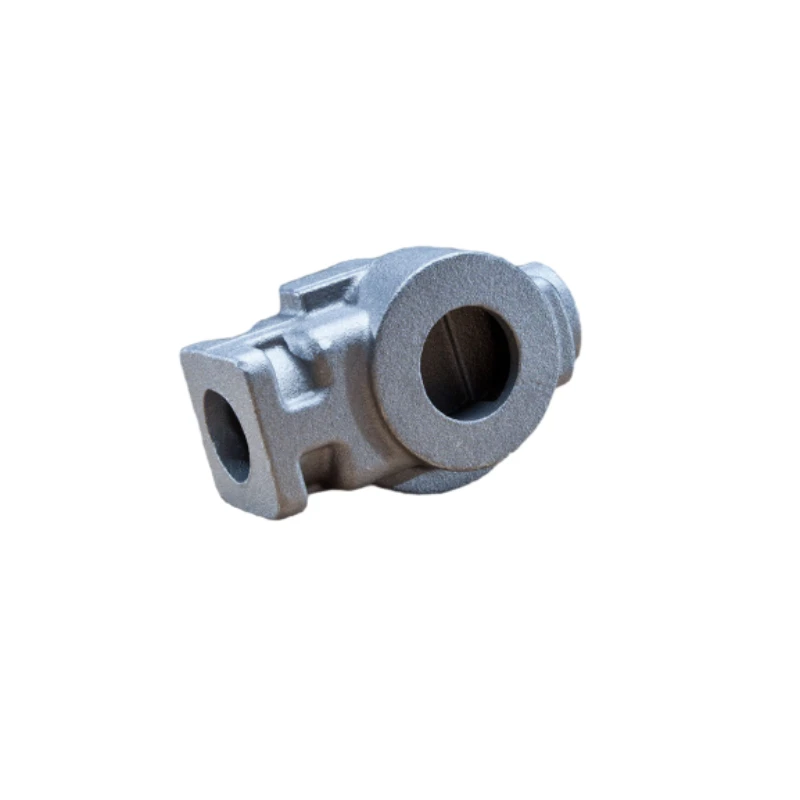sand casting types
Sand Casting Types A Comprehensive Overview
Sand casting, also known as sand mold casting, is a widely used manufacturing process that involves creating metal parts by pouring molten metal into a sand mold. This method is particularly popular due to its adaptability, cost-effectiveness, and capability of producing intricate designs. Within the realm of sand casting, there are several distinct types, each with its own advantages and applications. This article will explore the various types of sand casting processes, including green sand casting, resin sand casting, lost foam casting, and more.
1. Green Sand Casting
Green sand casting is perhaps the most traditional form of sand casting. It involves the use of sand that is mixed with clay and water. This mixture creates a mold that can be easily shaped and compacted around a pattern, typically made of metal or wood. The term green refers to the moisture content in the sand rather than the color. The advantages of green sand casting include its low cost, ease of use, and the ability to produce intricate details.
However, there are some limitations, such as the process being more suited for lower production volumes and potentially less dimensional accuracy compared to other methods. Green sand casting is widely used in industries such as automotive, where it is used to make parts like engine blocks and cylinder heads.
2. Resin Sand Casting
Resin sand casting, also known as no-bake or cold box casting, employs a mixture of sand and a resin binder. This combination hardens at room temperature, allowing for greater precision and strength in the mold. The process generally involves creating the mold using an aluminum or steel pattern.
One of the key benefits of resin sand casting is the ability to achieve high Levels of dimensional accuracy and smooth surface finishes, which can reduce the need for further machining. This casting type is ideal for products requiring complex geometries and tighter tolerances. However, the use of resins may lead to higher costs and a more environmentally impactful process due to the chemicals involved.
Lost foam casting is an innovative method that utilizes a foam pattern instead of a traditional hard pattern. The foam pattern is coated with a ceramic shell and subsequently heated, causing the foam to evaporate and leave behind a mold cavity. The molten metal is then poured into this cavity, taking the shape of the original foam pattern.
sand casting types

This method offers several advantages, including minimal machining, as the surface finish is often sufficient for many applications. Furthermore, lost foam casting provides great design flexibility, allowing for complex shapes that may be difficult to achieve with conventional casting methods. However, the process requires careful control to manage the rapid expansion of gases as the foam is vaporized.
4. Shell Mold Casting
Shell mold casting is a process that uses a thin shell of resin-bonded sand to create the molds. A heated metal pattern is coated with a mixture of sand and resin, which hardens upon contact. Once the initial shell is formed, the process is repeated to produce a thicker mold. The final molds are then assembled, and molten metal is poured into the cavity.
The primary advantage of shell mold casting is the high dimensional accuracy and excellent surface finish it can achieve. This process is especially suitable for medium-sized castings requiring smooth surfaces, and it is commonly used in the production of complex shapes, such as brackets and automotive parts.
5. Continuous Casting
Continuous casting, while somewhat different from traditional sand casting, still utilizes sand as part of the mold. This method involves the continuous pouring of molten metal, which solidifies as it flows through a sand mold. The process is highly efficient and can produce large sections of metal with consistent quality.
Continuous casting is most commonly used in the production of steel and other metals and is known for its speed and cost-effective nature, particularly in high-volume production scenarios.
Conclusion
Each type of sand casting offers unique advantages and applications, allowing manufacturers to choose the best process based on their specific needs. Whether it’s the traditional green sand casting for low-cost parts or advanced techniques like lost foam casting for intricate designs, understanding these various methods enhances the ability to produce high-quality metal components. As technology continues to evolve, we can expect further innovations in sand casting techniques to meet the growing demands of various industries.
-
Technocrats Die Casting Solutions – Precision Hot & Cold Chamber Die Casting ExpertsNewsJun.24,2025
-
Precision Glass Machining Solutions Sand Casting Glass & Abrasive Water Jet Machining ExpertsNewsJun.24,2025
-
Top Extras Casting Solutions Die Casting and Sand Casting Experts High-Quality Casting and Die Casting ServicesNewsJun.10,2025
-
Top SS Casting Manufacturer Aluminum Die Casting Manufacturer China Precision Die Casting Company SupplierNewsJun.10,2025
-
High-Quality Brass Casting Sand for Precision Sand Casting Brass at HomeNewsJun.10,2025
-
Affordable Aluminum Sand Casting Solutions Custom PartsNewsJun.09,2025















